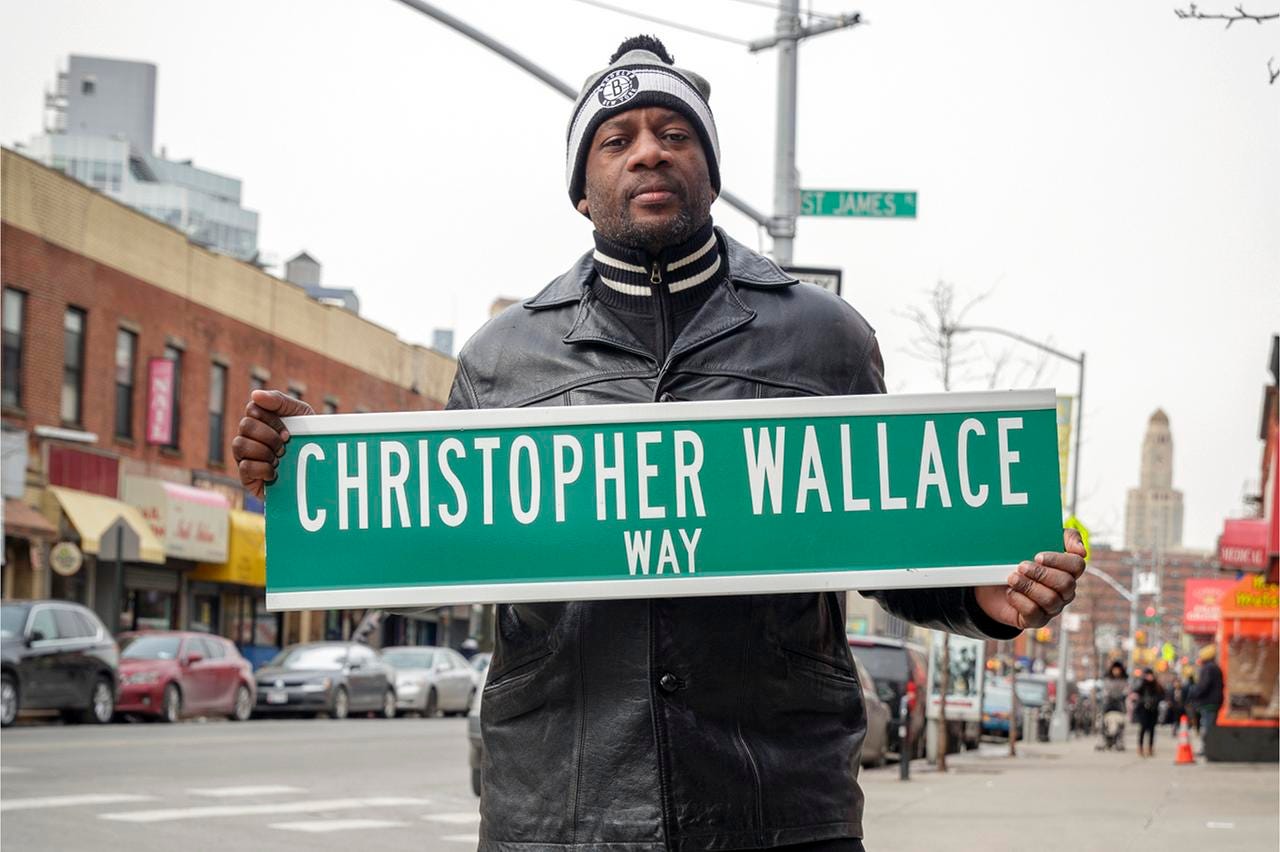Rappers Take Back the Streets
One fervent hip-hop fan wants New York City’s street signs to shout out the genre-busting music that was born here. Not everyone thinks that’s such a good idea.
In the last summer days of 1973, Clive Campbell and his sister, Cindy, needed money. School was starting soon, and everyone knew the best place to shop for the coolest gear, like flashy pants and high-tops, was at the discount clothing stores on the Lower East Side—not the streets of the South Bronx. So, to raise funds, Clive convinced his father to buy him a few James Brown records, which was rare for kids his age to listen to, and throw a listening party or two.
With his blaring sound system in front of him, Clive, seventeen, would play the Motown and funk of his parents’ generation, adding breaks or pauses in the music where “b-boys” and “b-girls” would dance, and “MCs” would rap over the beat. His parties soon became a hit in the area, popularizing the styles later known as “break-dancing” and “freestyling.” While the crime and poverty endemic of New York City in the early seventies rattled outside, a fresh sound was born inside.
Clive donned the name DJ K…


